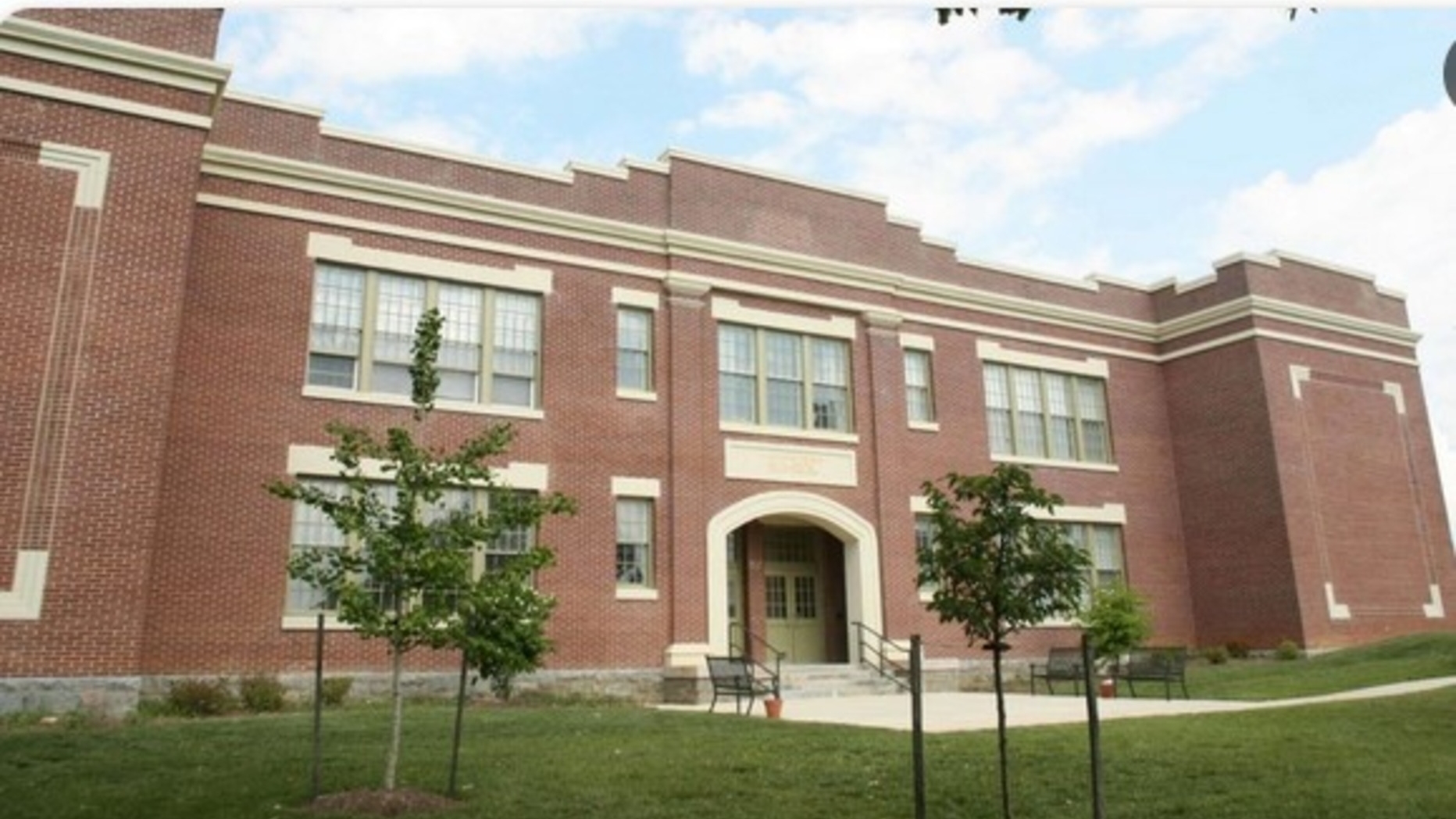Laurie Wexler | EHT Traceries
Washington, DC

Hampstead School, Hampstead, MD – Certification for tax credit project. Source: Landex Development.
Stuart Weitzman School of Design
102 Meyerson Hall
210 South 34th Street
Philadelphia, PA 19104

Hampstead School, Hampstead, MD – Certification for tax credit project. Source: Landex Development.
This summer I had the opportunity to work at EHT Traceries in Washington, DC. EHT Traceries is a full service historic preservation firm that works in the Metro Washington DC area including Maryland and Virginia, nationally, and internationally for American embassies and other clients. Their service areas include preservation planning, historic tax credit certification, technical preservation services, and survey and documentation. I worked full-time in their Washington, DC office. My experience included researching and writing a Phase 1 Architectural Survey for a building in Northern Virginia, writing property summaries for an amended National Register designation of the Chestertown, Maryland Historic District, researching a historic consolidated school in Hampstead, Maryland for a federal tax credit project, transcribing oral histories of individuals associated with a low-income housing project in Alexandria, VA, researching and writing a storymap of the Shephard Park neighborhood in Washington, DC, and researching modern office buildings in Northern Virginia.
The internship directly and indirectly built upon several historic preservation classes at Penn. I drew heavily on HSPV 6000 Documentation, Research, Recording I, followed by HSPV 5210 American Architecture, and HSPV 5720 Preservation Through Public Policy, as well as other classes more broadly. Research and writing were the primary skills used for this internship. In addition to visiting one site with the owner, I did research at the Library of Congress and the historical society in rural Maryland as well as government offices in Northern Virginia and public history archives at public libraries in Virginia and the District of Columbia. I also became more adept at accessing research platforms online including Maryland’s historic site platform and several other governmental and private collection systems. The experience enabled me to hone research and writing for architectural and historic resource surveys. I learned about the components of filings for nominations and amendments to individual property and historic district nominations. These assignments required me to deeply research sites and, for that reason, locate and utilize historic and current maps to help explain the context of the architecture and history of specific sites on their own and in relation to the time period. I was challenged to uncover maps, documents and images that would provide understanding of such context. Moreover, I gained practice in writing thoroughly and succinctly about the architecture and history of a site, especially for the architectural survey. In addition, the experience required me to improve my understanding and writing of footnotes and bibliographies. As a firm that has served historic preservation needs locally, nationally and internationally for over 35 years, I was fortunate to work with a knowledgeable group of preservation professionals. They were approachable and had patience to answer my many questions. I feel that I will be able to keep in touch and call upon these individuals as I proceed in the field.